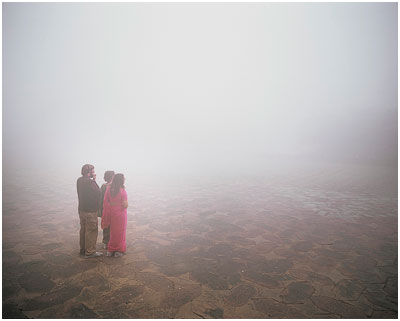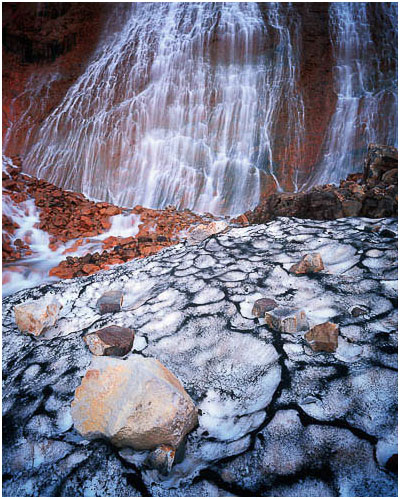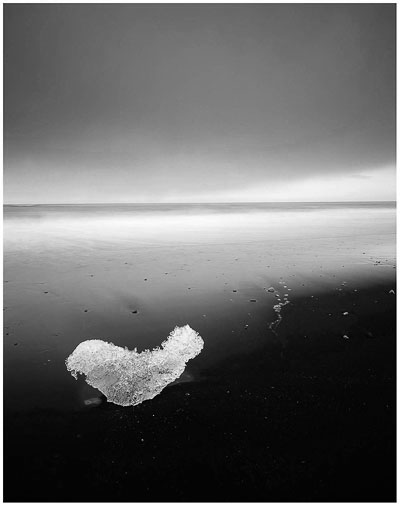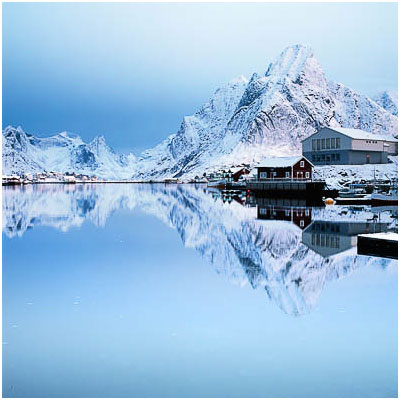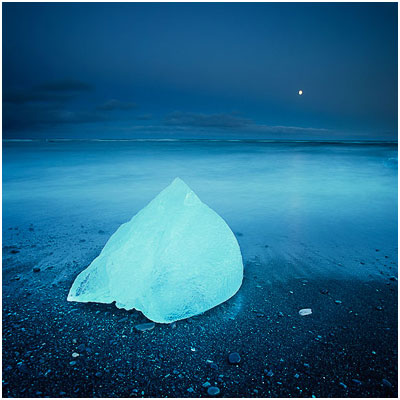I was delighted this week to hear that there is a new photographic gallery that has opened up in the heart of Edinburgh's city centre.
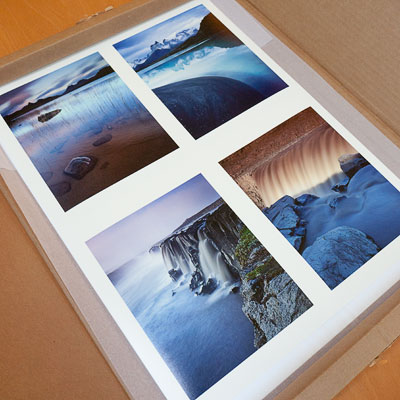
I'm so pleased, because I wish there were more galleries out there for photographers to illustrate and sell their work.
My motivation is easy to understand, because if there were, the medium would be taken more seriously as a collectable form of art than it currently is.
So this leads me onto my main reason for this post....I've been wondering just how many photographers buy the work of other photographers? I'd hazard a guess that the answer is 'not many'.
And yet, when we look at the number of people out there who take up photography and eventually wish to look for a place to exhibit their work, we will find that there are few places available for budding photographers to show their work in print form. The reason for this is simple: photographic prints do not sell for one reason or another - particularly here in the UK where there is almost no market for them. I could go into great depth as to why I believe they don't sell and I'm sure that the comments to this post will go down that route. There are of course exceptions to this when we consider the big names such as Steve McCurry or Michael Kenna, but I'm really talking about the general photographic community that you and I are part of.
There are thousands if not more photographers who create beautiful work, yet have no means to sell it. Sure we have things like Flickr and it's easy to make our own website and put up a web store in which to sell our work, but prints do not sell from websites because people need to see them in the flesh to appreciate what it is they are buying. Each time I have had an exhibition, despite reassuring buyers that everything on my site is up to the same quality as the prints they see at the exhibition, they always buy from what is on display at the exhibition, even if they prefer a particular image from my website.
In one way, photographers are more blessed these days because they have an outlet and many forums in which to illustrate their work. But the truth is that there is no market for photographic work. People do not buy prints.
I think the main issue for me is a lack of support for photography as an art form from within the photographic community itself. Many of us photographers have never bought another photographers work, because we're far too interested in selling or promoting our own work. And therein lies the problem. If we were more willing to consider other photographers work and patronise it, we would be creating a market in which many photographers, including ourselves, could flourish. In a nutshell, if we wish our work to be patronised, we should patronise others work.
I've had a look around my home, and so far, I have two prints made by other photographers. One I bought from a 'photo of the week' winner on Photo.net many years ago titled 'London Tourists' by David Malcolmson. I was so taken with the image that I contacted David and bought a print from him. It has pride of place in my sitting room and I still enjoy looking at it very much. There's something extremely satisfying about owning a piece of work that I love. I'd like to own a Michael Kenna print at some point, and I've decided to ear mark his work for some time when I know I'm in a position to invest in his work.
I've decided that this year, if things are going well for myself, I'd like to start collecting some more work by photographers I admire. So far, I've only been able to afford to buy their work in book form, and I think this is a great start. The print reproduction quality in book form these days isn't too far away from print quality (the exception for me being Ansel Adams work, which is stunningly beautiful in print form and a million miles away from the excellent reproductions in his books. Same applies to Fay Godwins work also - her prints are so beautiful and although the books are good, they pale into insignificance to her silver gelatin prints).
But books are a great way to patronise and endorse the work of a photographer you like, and perhaps this is the crux of the matter. As a photographer, I'm inspired by my heros, and I've bought just about everything that Steve McCurry or Michael Kenna have produced in book form. I get a great deal of inspiration and I learn a lot by studying their work too, but the learning is less important than the inspiration I've gained from enjoying their work. So often I feel, that it's easy to become engrossed in the 'how' of photography, rather than just enjoying the work at hand.
I'm digressing here a little perhaps. Ultimately, if we wish to have a market space for our own work to be bought and endorsed, we should be opening up ourselves to buying other photographers work, be it in book form, or as prints. We should be supporting and encouraging our field of interest, and I can think of no other better way to do this than to buy other photographers work.

